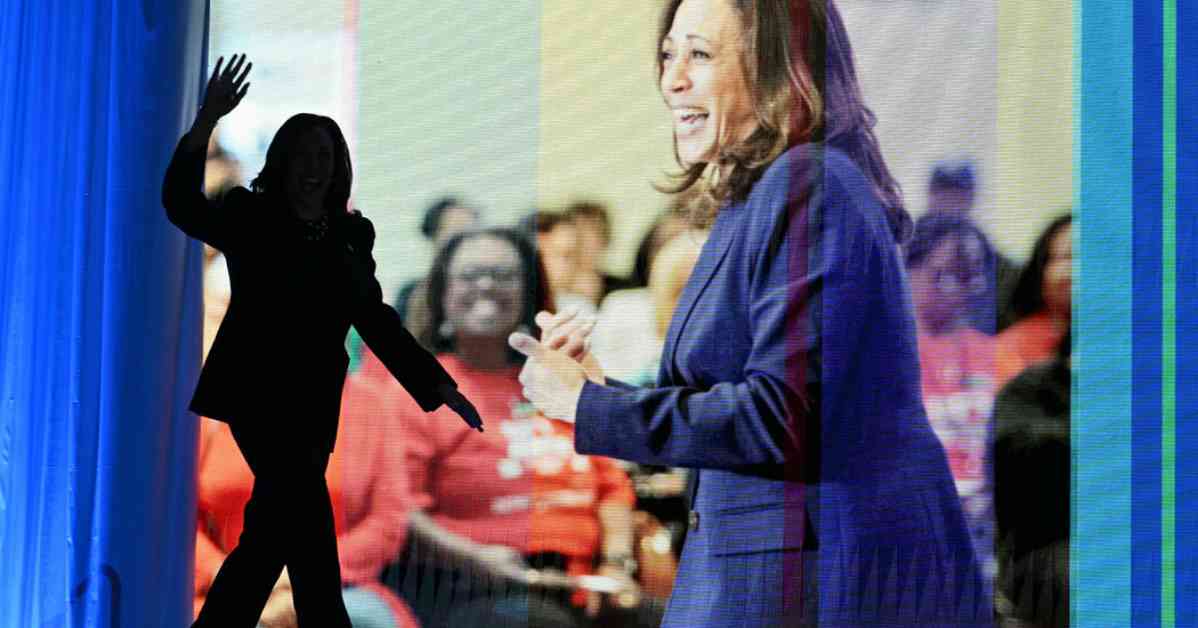In early 2019, a column was written with enthusiasm about Kamala Harris being the strongest candidate for the Democratic Party to challenge Donald Trump. The argument was simple – Democrats needed a tough candidate, and Harris fit the bill. Her campaign memoir showcased instances where she defeated powerful men, highlighting her confrontational skills. The former head of San Francisco’s police union even described her as “ruthless.”
As time passed, more of Harris’ character was revealed. Now, as she moves closer to the Democratic nomination, there are mixed emotions. Some moments bring excitement, while others reveal concerns about her flaws. To make sense of this, a report card of her strengths and weaknesses is necessary.
In terms of toughness, Harris still possesses it. She exudes dominance, poise, and enthusiasm in her rallies, confidently prosecuting Trump with a hint of contempt. However, when it comes to leadership and management skills, Harris receives a mediocre grade. While she was able to garner immense party support after Biden’s exit, her reputation for mistreating staff and high turnover rates raise concerns. A significant number of her staff members have left, citing constant criticism, lack of confidence, and the need to prop up her behavior.
The article raises questions about Harris’ leadership style and ability to maintain a loyal team. While her toughness and charisma may be appealing, the issues with staff turnover and management style could impact her effectiveness as a leader.
It’s essential for voters to consider both the positive and negative aspects of Harris’ candidacy before making a decision. The dynamics of her leadership style and its implications on her ability to govern effectively should not be overlooked. As the political landscape evolves, understanding the full picture of a candidate’s strengths and weaknesses is crucial in making an informed choice.




